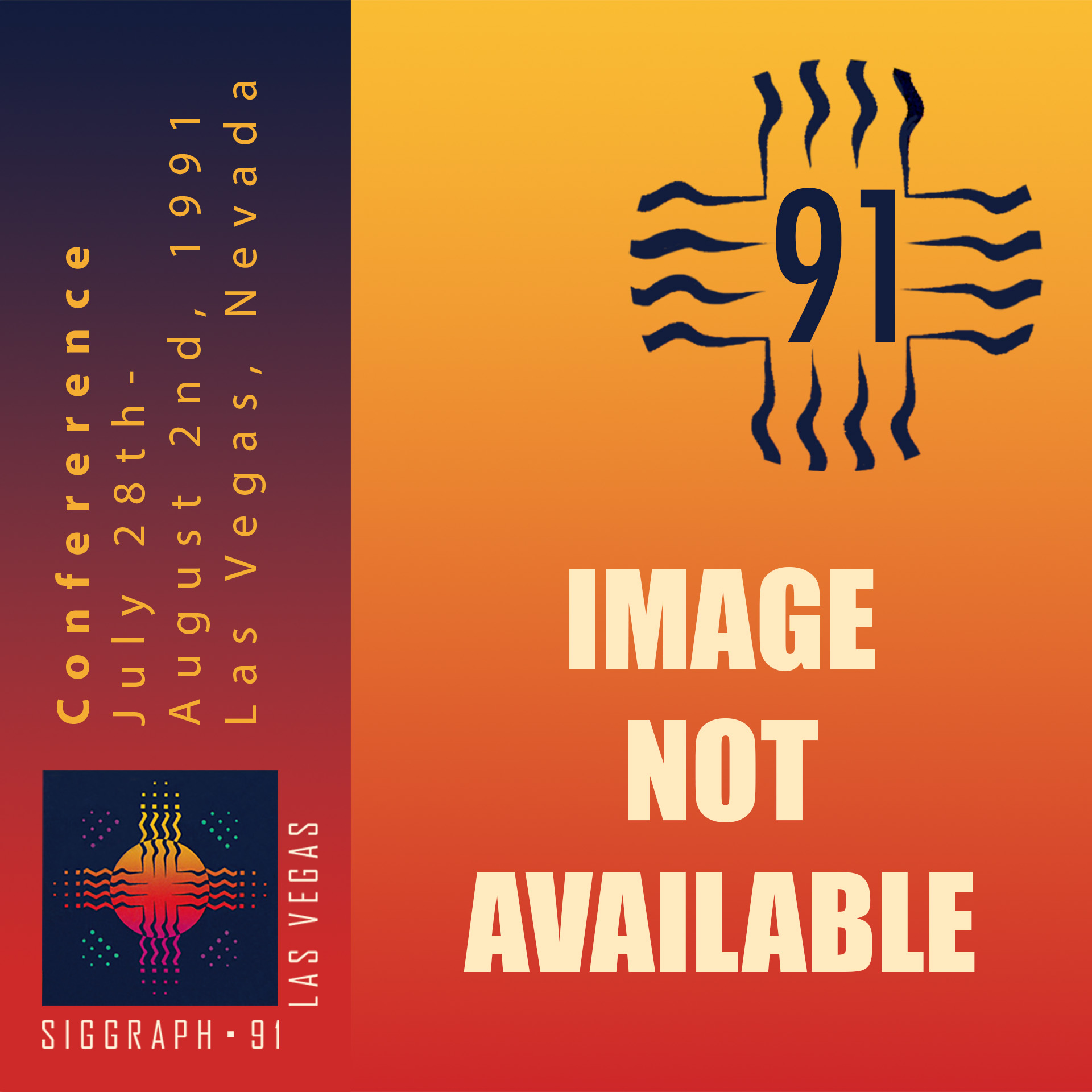“The Computer Sciences Electronic Magazine” by Koons
Conference:
- SIGGRAPH 1991
-
More from SIGGRAPH 1991:


Type(s):
E-Tech Type(s):
- Hypermedia / Hypertext
Title:
- The Computer Sciences Electronic Magazine
Program Title:
- Demonstrations and Displays
Presenter(s):
Collaborator(s):
Project Affiliation:
- IBM T. J. Watson Research Center
Description:
The Computer Sciences Electronic Magazine (CSEM) was created by the Interactive Media Project (IMP) at the IBM T.J. Watson Research Center for use by IBM researchers. It explores questions about hypermedia document design, types of viewers, and alternative paths for information access. CSEM articles are designed to keep IBM computer science researchers informed about projects at IBM research facilities around the world. The content of the video articles is aimed at a technical level appropriate for the general computer scientist. More detailed technical information is available by selecting hyperlinks (“side-bars”) that can appear while a topic is playing. When a sidebar ap-pears, the viewer has two options: to ignore the sidebar and continue watching the topic, or to press the sidebar and play or display the additional information. At any time, the viewer can stop watching the sidebar and continue viewing the original topic from the pause point.
The CSEM is designed for two types of viewers: passive and ac-tive. For passive viewers, who want information with minimal interactive effort, the system provides a WATCH touchpad that plays topic information in an author-defined order, with no sidebars. For active viewers, who enjoy interactive flexibility and want to navigate through the information at their own pace, the EXPLORE touchpad opens an interactive door to the full depth of available technical in-formation. The exploration begins with a list of topics that can be viewed. After a topic has been selected, the viewer can choose to explore a sidebar, repeat the current topic, or go back to the topic menu to choose another topic. Active or passive viewers can always choose to change roles.
Another important aspect of the CSEM’s interactive design is alternative access. Readers of a paper document take it for granted that they can access information through a table of contents, an index, and or by opening the document at random and looking forward or back. The CSEM’s CRUISE function parallels this approach.
For each article and feature of the magazine, short descriptions of topics and sidebars are chained together to encourage the viewer to quickly scan what is available. If a particular piece of information seems interesting, the viewer can immediately begin exploring the magazine from that location.
Other Information:
Hardware and Software: IBM PS/2 Model 70 with 16 MB memory and touch screen, IBM M-Motion Adapter/A, IBM M-Audio Capture & Playback Adapter/A, Pioneer LD-V8000 laser disc player using CLV format, IMP Builder, IMP Player, Smalltalk/V PM in OS/2




